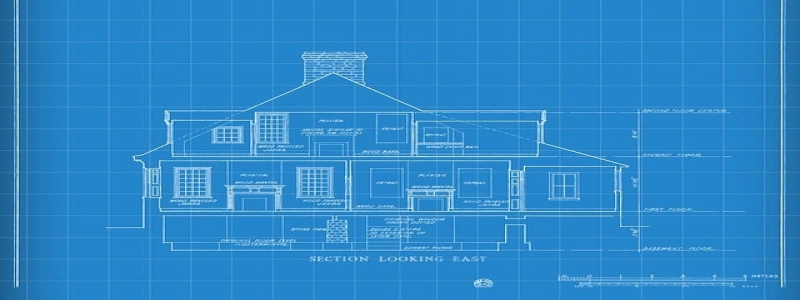Ethernet Topology
Uvod:
Ethernet topology refers to the physical arrangement of devices in an Ethernet network. It plays a crucial role in determining the efficiency, scalability, and reliability of the network. Different Ethernet topologies offer various advantages and disadvantages, allowing IT professionals to choose the most suitable option for their specific requirements. This article will provide a detailed explanation of different Ethernet topologies commonly used in networking.
jaz. Bus Topology:
1. Definition:
A bus topology is a linear network layout where all devices are connected to a common backbone, resembling a single cable.
2. Characteristics:
– Easy to set up and requires minimal cabling.
– Highly vulnerable to network failures as a single break in the main cable can result in the entire network going down.
– Shared bandwidth leads to lower overall performance.
– Suitable for small networks with fewer devices and low traffic.
II. Star Topology:
1. Definition:
In a star topology, each device is directly connected to a central hub or switch.
2. Characteristics:
– Easy to troubleshoot and isolate network issues as each device has its own dedicated connection.
– Offers high performance and scalability.
– Costlier than bus topology due to additional cabling requirements.
– Failure of the central hub or switch can cause the entire network to go down.
– Most commonly used topology in modern Ethernet networks.
III. Ring Topology:
1. Definition:
In a ring topology, devices are connected in a circular loop, where each device is connected to the adjacent devices.
2. Characteristics:
– Offers better data transfer speeds compared to a bus topology.
– Relatively simpler to install and administer.
– Adding or removing devices can disrupt the entire network.
– Failure of a single device disrupts the entire network unless a bypass mechanism is implemented.
IV. Mesh Topology:
1. Definition:
A mesh topology involves a full or partial connection between each device in the network.
2. Characteristics:
– Provides redundancy and fault tolerance, as multiple paths exist for data transmission.
– High level of scalability and performance.
– Requires significant cabling and administration effort.
– Costlier than other topologies due to increased hardware requirements.
– Commonly used in mission-critical networks where uptime is crucial.
Zaključek:
Ethernet topology plays a crucial role in determining the performance, scalability, and reliability of a network. Each topology has its own advantages and disadvantages, and the choice depends on the specific requirements of the network. IT professionals must carefully evaluate the characteristics and limitations of each topology before deciding on the most suitable option. Understanding Ethernet topologies is essential for building efficient and robust networks.








